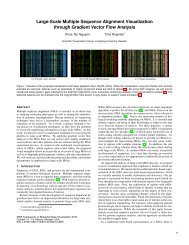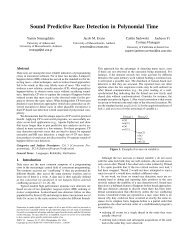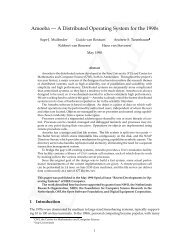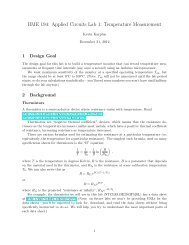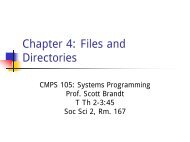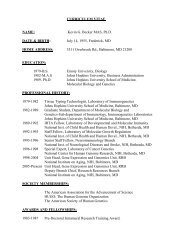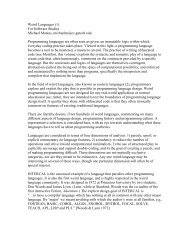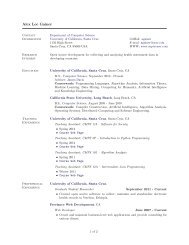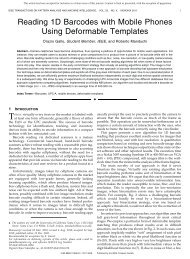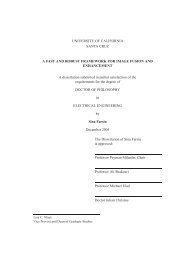Learning binary relations using weighted majority voting
Learning binary relations using weighted majority voting
Learning binary relations using weighted majority voting
Create successful ePaper yourself
Turn your PDF publications into a flip-book with our unique Google optimized e-Paper software.
LEARNING BINARY RELATIONS 255<br />
We now discuss both of our algorithms when applied to the problem of learning non-<br />
pure <strong>relations</strong> and give bounds for each. The key to our approach is to view minor<br />
discrepancies between rows in the same cluster as noise. This greatly reduces the mistake<br />
bounds that one can obtain when <strong>using</strong> the original formulation of Goldman, Rivest, and<br />
Schapire (1993) by reducing the number of clusters. The robust nature of the <strong>weighted</strong><br />
<strong>majority</strong> algorithm enables us to handle noise.<br />
To demonstrate our basic approach, we now show that our first algorithm (i.e. the one<br />
<strong>using</strong> kn/k! weights) can learn a non-pure relation by making at most 6<br />
{ (~- k)lnk + k + ~~1~ } }<br />
min kpm + ap + in ~<br />
1+~<br />
mistakes in the worst case, where 0 _




